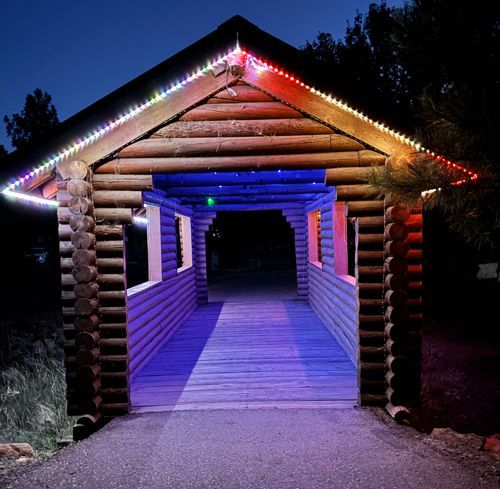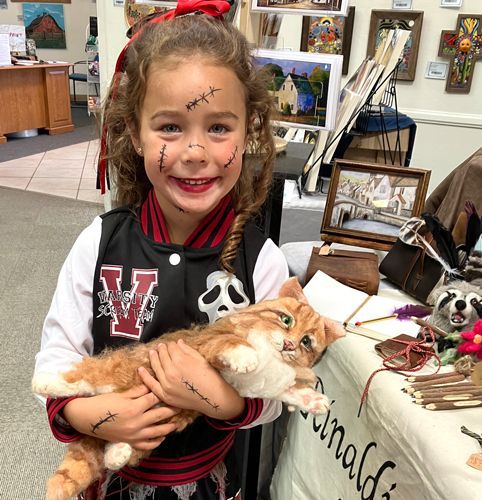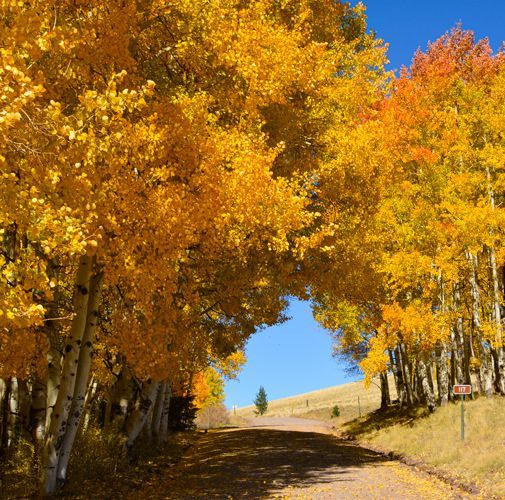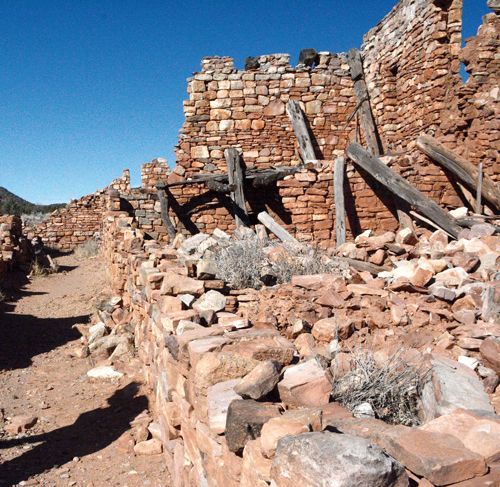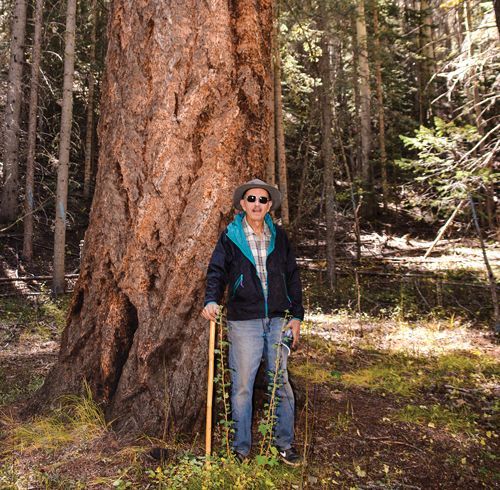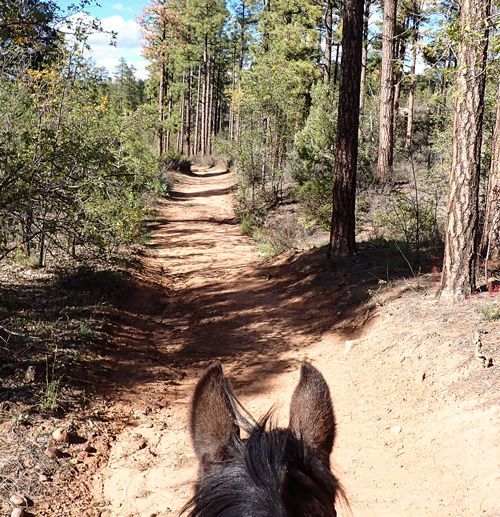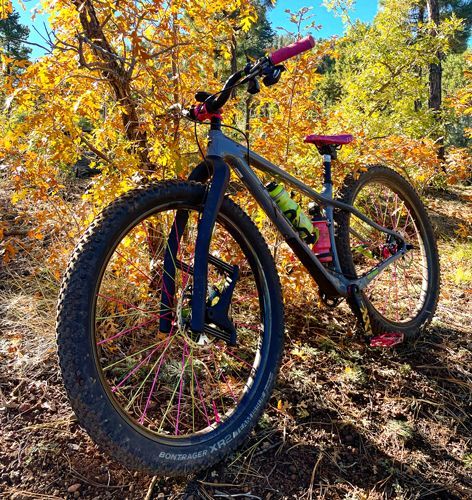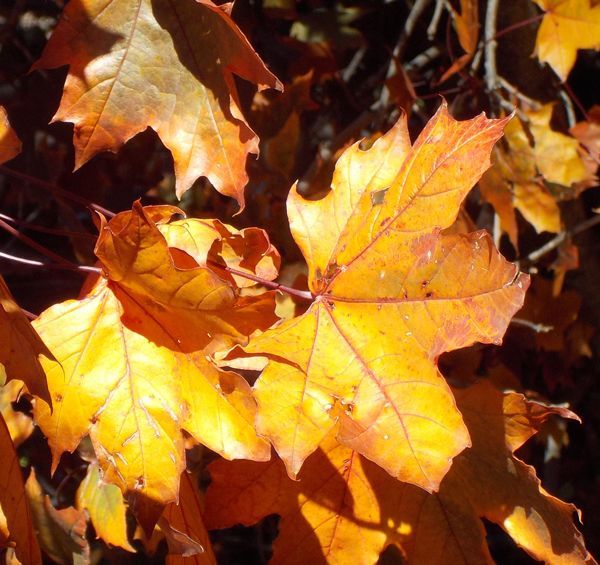Remembering the ancient ones...
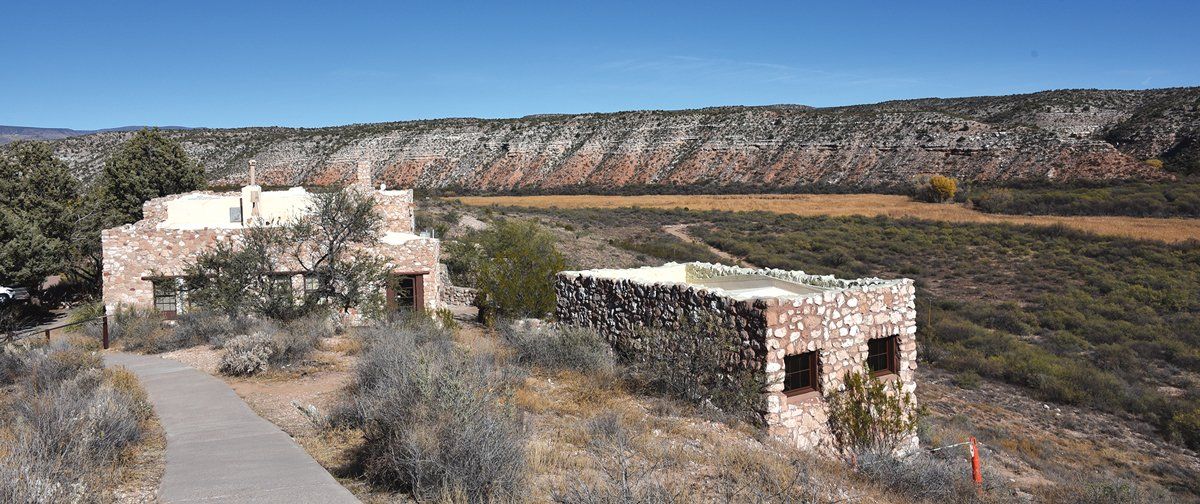
“Tuzigoot” in Apache means “crooked water.” I’m sure it got its name because it sits overlooking the Verde River. I could see the immense structure from the Tuzigoot Bridge where I pulled my kayak out after paddling down from Lower Tapco River Access. Once I loaded my kayak into my truck, I ventured a few yards over to the visiter center and with my treasured “America the Beautiful” National Parks lifetime pass in hand, I set out to explore the ruins.
The path to the top of the main structure ascends past several informative kiosks and then through the first structure at the top. Lodge pole posts stand bracing the ceiling of the cobble walls, then through the enclosure and up a few more steps, I stood on the terrace, at 120 feet, overlooking the Verde Valley. The original structure was two-stories high in places, with 87 ground-floor rooms.
It is believed that hunters and gatherers started traversing across this area over ten thousand years ago, when the southwest was cooler and wetter than it is today — a time when it was a greener, woodier Verde Valley, filled with pinyon pine, shrub live oak, and juniper. The Sinagua settled in the Verde Valley area around the year 650, over 1400 years ago. According to the Tuzigoot website, “Among the oldest structures found in the valley are the pithouses, partially buried dwellings that were the most common form of housing across the southwest between about 4000 years ago and 600 years ago.”
The view of the Valley from the ruins was breathtaking. The Sinagua were farmers who supplemented with hunting and gathering. They had plenty of water for irrigation and sufficient game such as deer, antelope, rabbit, bear, and waterfowl. Also the site states, “Family tasks included grinding corn, cooking, weaving cloth from locally grown cotton, drying skins and weaving baskets.” Reddish brown pottery found was emblematic of the Sinagua and was used for cooking and storage. They built their massive structures using local materials including stones that construct the cobble walls that are eminent at Tuzigoot.
They aproximate that the Sinagua migrated away from the pueblos early 1400s. No one knows for sure why they left, but theorize that it may have been because of over-population, depletion of resources, disease, conflicts between groups, climate change, or spiritual beliefs. The visual window that was left behind for us to learn about their culture is amazing.
I didn’t make it to the other near-by National Monuments; Montezuma Castle and Montezuma Well, but I will travel back to the Verde Valley soon and set out on another journey back in time.

